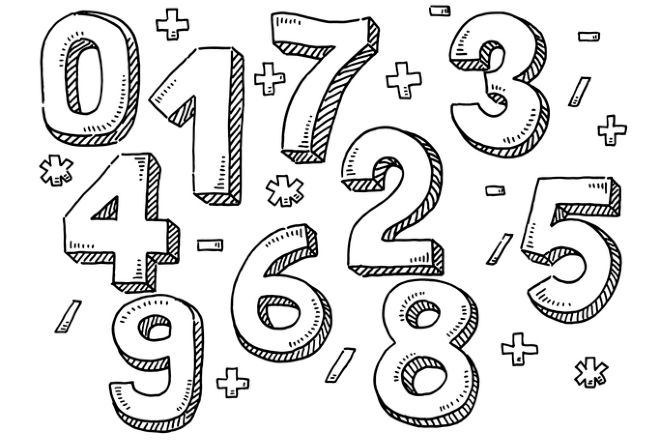How should independent schools record Paycheck Protection Program (PPP) loans on their Statement of Financial Position?
The answer to this question is not as binary as it may first appear. Some argue that PPP disbursements are true loans and should be recorded as debt, but others maintain that those funds should be considered revenue since the loans will be forgiven. Unfortunately, the Financial Accounting Standards Board (FASB), IRS and the Small Business Administration (SBA) have not definitively stated how independent schools should account for PPP loans. We must instead rely on non-binding technical advice and industry practice to guide us. The prevailing practice is for schools to choose one of two methods:
- Record PPP funds as they would any other debt following ASC 470, or
- Record PPP funds as if it were a government grant following ASC 958-605.
PPP Loans and Subsequent Forgiveness
The PPP was created to encourage organizations, including independent schools, to keep their workforce employed during the government-declared emergency. The SBA began accepting PPP loan applications in early April, but the initial $349 billion of relief funds was claimed in less than two weeks. Not long after, Congress reinstated the program by infusing it with an additional $310 billion. Although program funds were still available, the SBA stopped accepting new applications on August 8, 2020.
Independent schools that were granted PPP assistance can use their funds in one or more of the following expenditure categories: payroll, utilities, rent and mortgage interest. However, for their loans to be forgiven, schools must comply with a few additional rules:
- Allocating at least 60% of PPP funds to payroll costs
- Maintaining a steady employee headcount
- Paying each employee at least 75% of the salary they were making before a health crisis
If independent schools cannot fulfill each of these requirements, the SBA may reduce some (or all) of their forgiveness amount. Any portion of the loan not forgiven will accrue interest at a nominal interest rate of 1% and must be repaid within two or five years, depending upon the execution or amendment date of the school’s agreement.
Recording PPP Loans as Debt
Suppose an independent school reports their PPP loan as debt. In that case, they should do the following:
- Record their loan as a liability on their Statement of Financial Position, and
- Record interest expense over the loan's life. This interest expense should be recorded at the stated 1% interest rate, not at market rates. Loans backed by government entities are excluded from imputed interest rules that would traditionally require schools to mark their interest to the going market rate.
If the SBA forgives the loan, the entity should offset its debt balance by recording a gain on its extinguishment. If the SBA does not forgive the loan, the school should reduce its debt balance as they make loan repayments, just as they would any other debt.
Recording PPP Loans as Government Grants
Independent schools can also treat their PPP loan as a government grant. Under the guidance provided in ASC 958-605 and corroborated by a Technical Question and Answer document released by the FASB, such a grant is conditional because the school must meet certain conditions before the loan is forgiven. The entity should record the initial cash influx as a refundable advance. Only when there is "reasonable assurance" that they will meet the loan forgiveness conditions can they transition that advance into grant revenue.
Understanding when the loan forgiveness conditions have been met can be tricky, and unfortunately, there is no authoritative guidance to follow. The most conservative option is recognizing revenue only when the SBA legally releases the entity from its liability. A less conservative (but still viable) option is to recognize revenue over time as the independent school incurs expenses that make them eligible for forgiveness (i.e., payroll, utilities, rent, and mortgage interest).
The PPP has been a lifeline for many independent schools, but it comes with a few reporting hurdles. Schools can undoubtedly manage PPP loans, but they may need some help to get it right.




